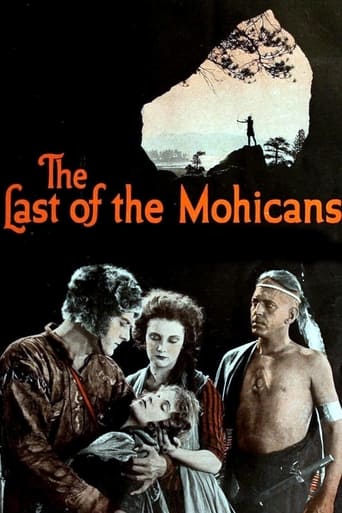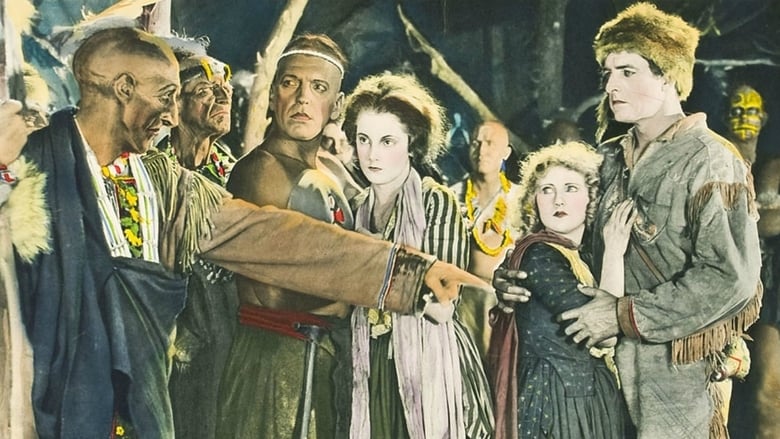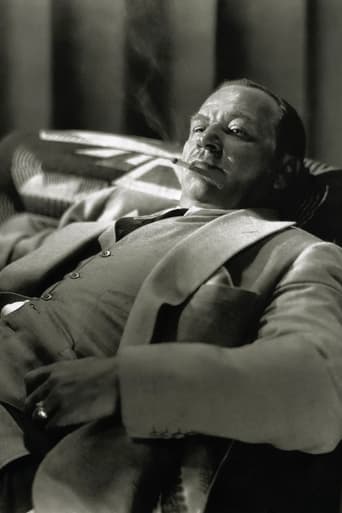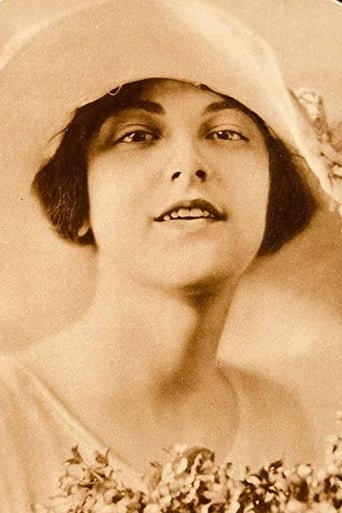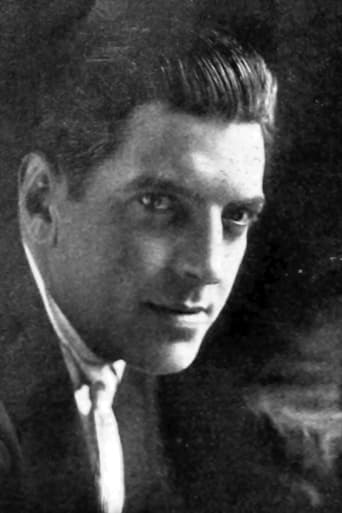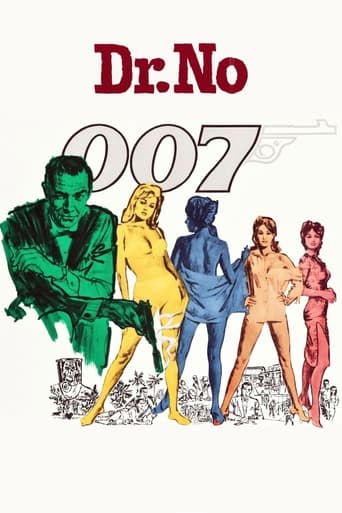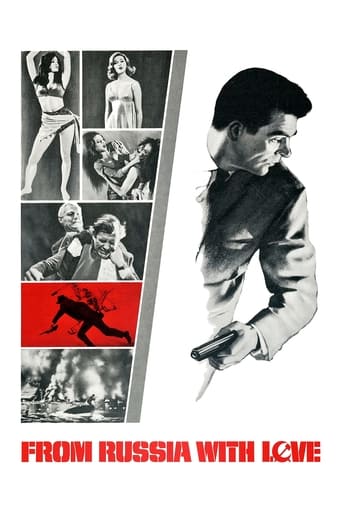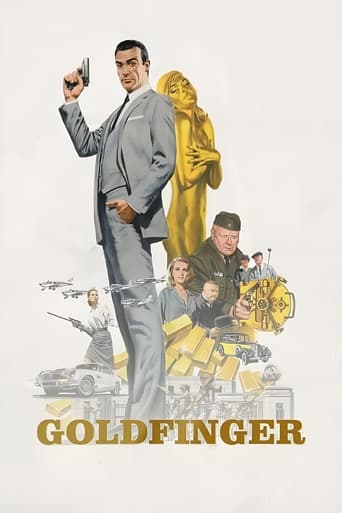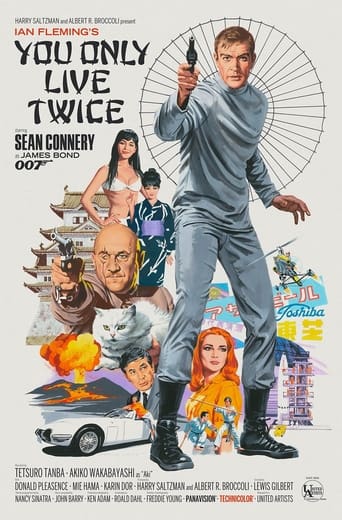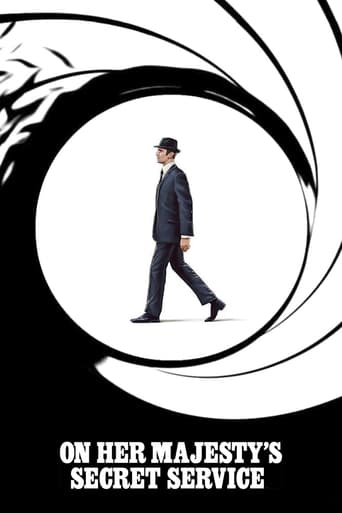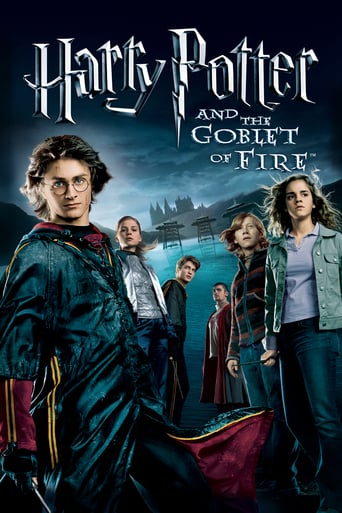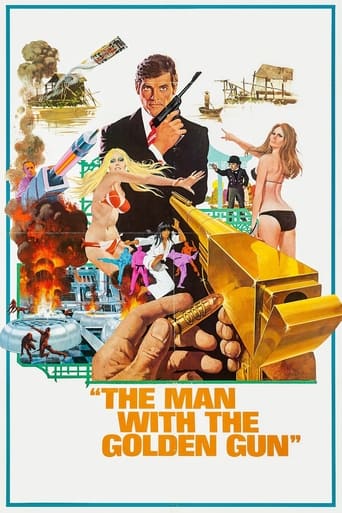The Last of the Mohicans (1920)
As Alice and Cora Munro attempt to find their father, a British officer in the French and Indian War, they are set upon by French soldiers and their cohorts, Huron tribesmen led by the evil Magua. Fighting to rescue the women are Chingachgook and his son Uncas, the last of the Mohican tribe, and their white ally, the frontiersman Natty Bumppo, known as Hawkeye.
Watch Trailer
Free Trial Channels
Cast


Similar titles
Reviews
This is How Movies Should Be Made
I gave it a 7.5 out of 10
It is interesting even when nothing much happens, which is for most of its 3-hour running time. Read full review
Great movie. Not sure what people expected but I found it highly entertaining.
I just saw "Last of the Mohicans." I didn't expect much. I had seen other adaptations: the 1936 George B. Seitz movie and the Michael Mann remake of 1992. To me they all seem to lack the spirit of what is admittedly a rambling novel whose provocative subject matter is only partially realized. Cooper's problem was execution; he didn't understand how severely his story was compromised by unnecessary characters, needless plot devices, and ceaseless talk. Latter day film-makers steered around Cooper's problem by ignoring him and creating a story of their own, but in doing so they lost what was fine in his work.Director Maurice Tourneur does not ignore Cooper, although he does cut through the crap. In a non-talking film the characters can't yap on the way they do in Cooper's fiction. Hawkeye's role is reduced. He has few scenes and is not the romantic lead Randolph Scott and Daniel Day Lewis would be in later adaptations. He is the homely, awkward, asexual woodsman Cooper describes. Tourneur chooses, rather, to focus directly on the tragic romance at the novel's core, between British colonial Cora Munro and Mohican hunk Uncas. He thereby rescues the film from becoming another "Birth of a Nation" with Wallace Beery's Magua standing in for Griffith's black-faced white men who try to rape white women.Tourneur's technique is impressive. Camera perspective, lighting, and editing are well in advance of what was being done in 1920. The action on the Eastman print I saw seems a little fast. I'm not sure if it runs at the correct projection speed. Tourneur obviously under-cranked his camera during action sequences to give actors and extras the appearance of furious motion. These are only small criticisms, however.As in all his films Tourneur reined in the actors' exaggerated facial expressions and theatrical gestures, which is perhaps why there are so many title cards explaining the actors' motivations. Barbara Bedford is restrained and natural as Cora, some might argue too restrained to be the passionate, dark-haired heroine of Cooper's novel. But Tourneur lets Bedford's quiet beauty act as a veneer masking a volatile nature. Her defiance of social and feminine conventions – showing attraction for a Native warrior, and impulsively sacrificing herself to protect her sister in the Indian town – affects us all the more because of her stillness. In Garbo such stillness was praised as mystique. So perhaps it is no coincidence that Tourneur's protégé Clarence Brown, who finished this film when Tourneur was injured, guided Garbo's early career beginning with "Flesh and the Devil" in 1926.
Good retelling of the James Fenimore Cooper story thats a pretty fine spectacle. Focusing more on the relationship between Cora Munroe and Uncas as well as the treachery of Magua this is different enough from the 1992 Michael Mann version and other versions to be not a simple retread. Great looking with a wonderful sense of place this feels like up state New York and three hundred years back in a way that no other version has matched. A huge plus is the treachery of Magua. If you thought Wes Studi was evil, you have to see Wallace Beery who is as vile as they come (Hey he throws a woman's baby in the air and doesn't catch it). This is 70 minutes well spent.
This story, possibly the most famous of all American tales (its very title has become a catchphrase), was largely envisioned in this version by a European: Maurice Tourneur. Yes, some filmbuffs like to think the American co-director, Clarence Brown, more responsible for the movie's quality; even Brown himself (after Tourneur's death) claimed he filmed most of it. This is a hard claim to believe because Tourneur, whose reputation was virtually second only to Griffith at the time, was the one who hired Brown, largely to shoot the outdoor scenes. Tourneur loved lighting an indoor scene more than any director in the Hollywood of 1920, preferring the control of creating painterly interior scenes, so he had Brown get dirty and go camping in Big Bear and Yosemite to shoot the outdoor ones. And even though Brown directed them, Tourneur, as boss, must have had control of selecting which shots were filmed. Since Brown got his start in the industry five years earlier as Tourneur's editor and assistant, he was well-acquainted with Tourneur's style and most likely filmed shots that the Frenchman would want.The European sensibility to the story shows itself in this version's focus. Most remakes--like the novel--make Hawkeye, the most central character. Here, however, he is a very minor person indeed, often in the background, always appearing gawky and unheroic. The most emphasized characters in this version are Cora and Uncas, whose impossible-to-fulfill relationship results in a liebestod-like tragedy. Many who like the later versions of this story might be put off by the fact that Hawkeye is not a main character, but this silent movie is beautiful.
This film is well photographed, as are most of the films I've seen that are directed by Maurice Tourneur. The framing and composition of shots are apt, except occasionally when it is theatrical. Much of the action happens outside, which helps--freeing the camera and providing scenery. There are some nice lighting effects: use of low-key lighting, nighttime photography, the flickering light against a wall to represent candlelight and such. There are some silhouette shots, which seem to be a trademark in Tourneur's films. The tinting, too, adds to the film's beauty.Some moments show a resemblance to D.W. Griffith and Billy Bitzer's work, such as "The Battle at Elderbush Gulch" and "The Birth of a Nation". There are the iris shots and actor's approaching the camera, both of which were likely invented by Griffith and Bitzer. The battle scene at the fort is rather Griffith-like. Impressively innovative is the pan of the faces of Magua and Uncas and then them rushing towards the camera, as they begin fighting. The main pictorial schema for this film, and I think it's a good one, if not entirely original, is switching from distanced views to intimate shots, thus taking in the breadth of the scenic environment and concentrating on the story's action. This can be seen in the battle scenes, the cliff scene and pretty much every other important scene outside.I've referred to this as Tourneur's film, but that's doubtful. Clarence Brown, Tourneur's longtime assistant, directed most of the shooting, due to Tourneur being ill. In the early days without detailed shooting scripts, it's questionable as to how much of the film was the conception and design of Tourneur, but Brown having worked under him, the issue is probably moot. Perhaps, the poor use of the same set for fictionally different locations, made obvious by the successive cuts, in addition to other minor amateurish mistakes, can be blamed on inexperience.Of worse error are Caucasians playing Indians and the film's occasional condescension and racism, although the film can be commended for its generally respectful treatment. As well, intertitles do replace some action and acting in this film, as fellow commenter Sorsimus criticized. And, the story contrives three moments where dark hair faces the choice of replacing herself for yellow hair as Magua's captive. The film appears rather unpolished at times, as a result. These are rather minor, or commonplace, problems, though.This is a promising early film for Brown, at the peak of Tourneur's career. Tourneur, a pioneer of the medium, dealt with a variety of stories, so from there one can't characterize his body of work easily; it's in cinematography that a characteristic style of innovation and the use of the best of film grammar known can be seen. For Brown, his films would surpass the visual brilliance of his master, with films such as, say, "The Flesh and the Devil". Here, it seems he wisely worked from the style of Tourneur to create some very interesting photography.

